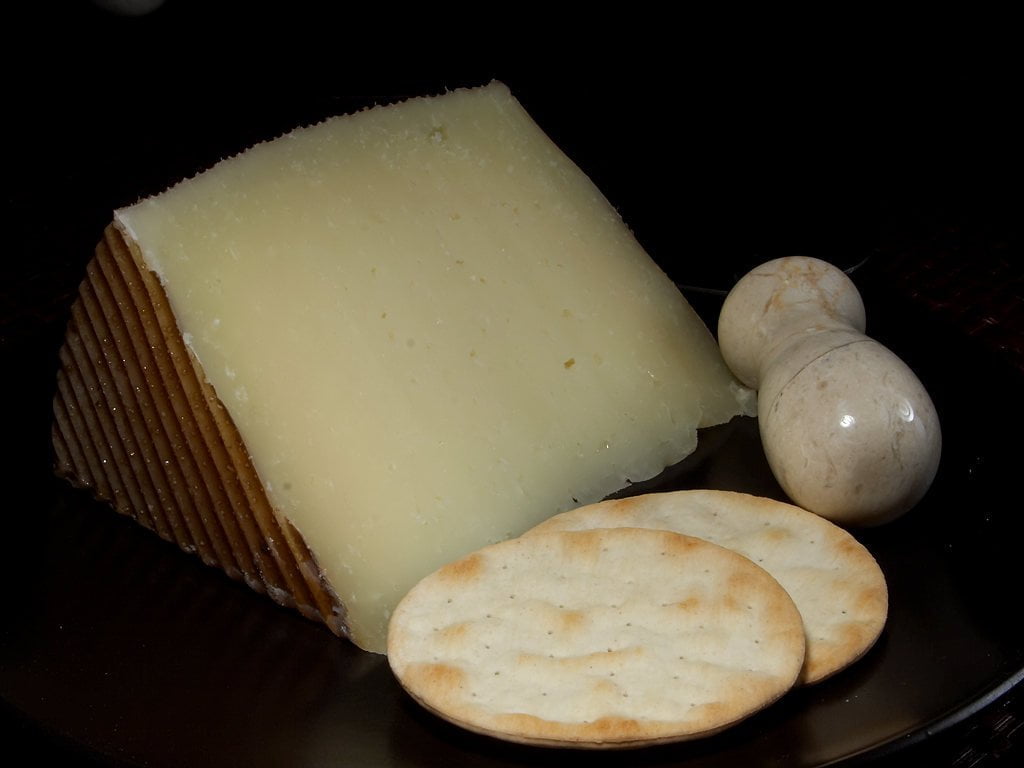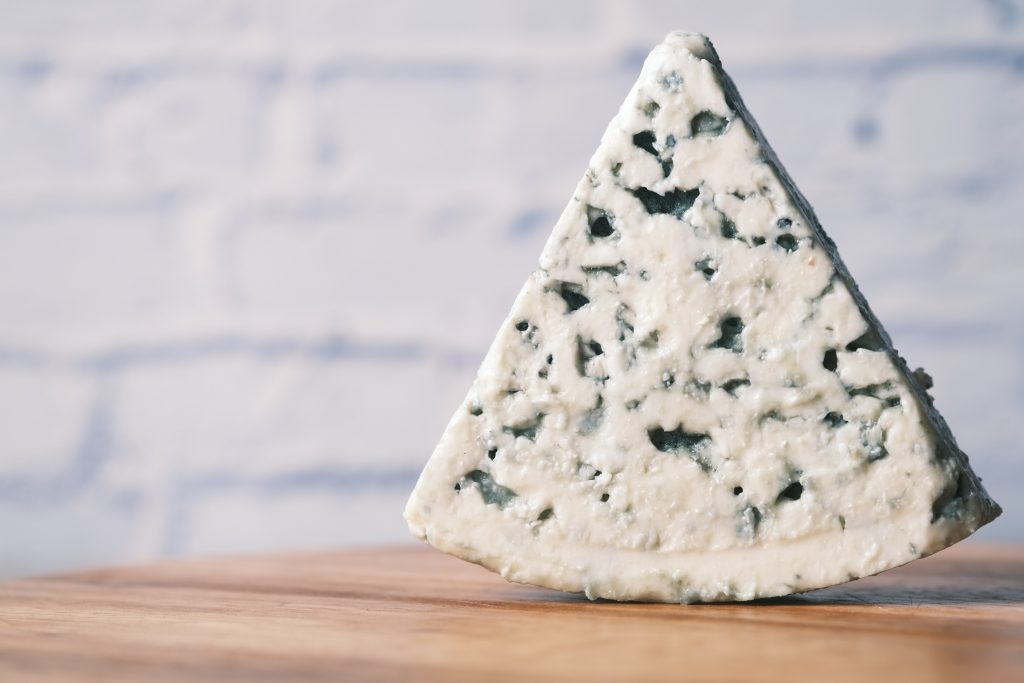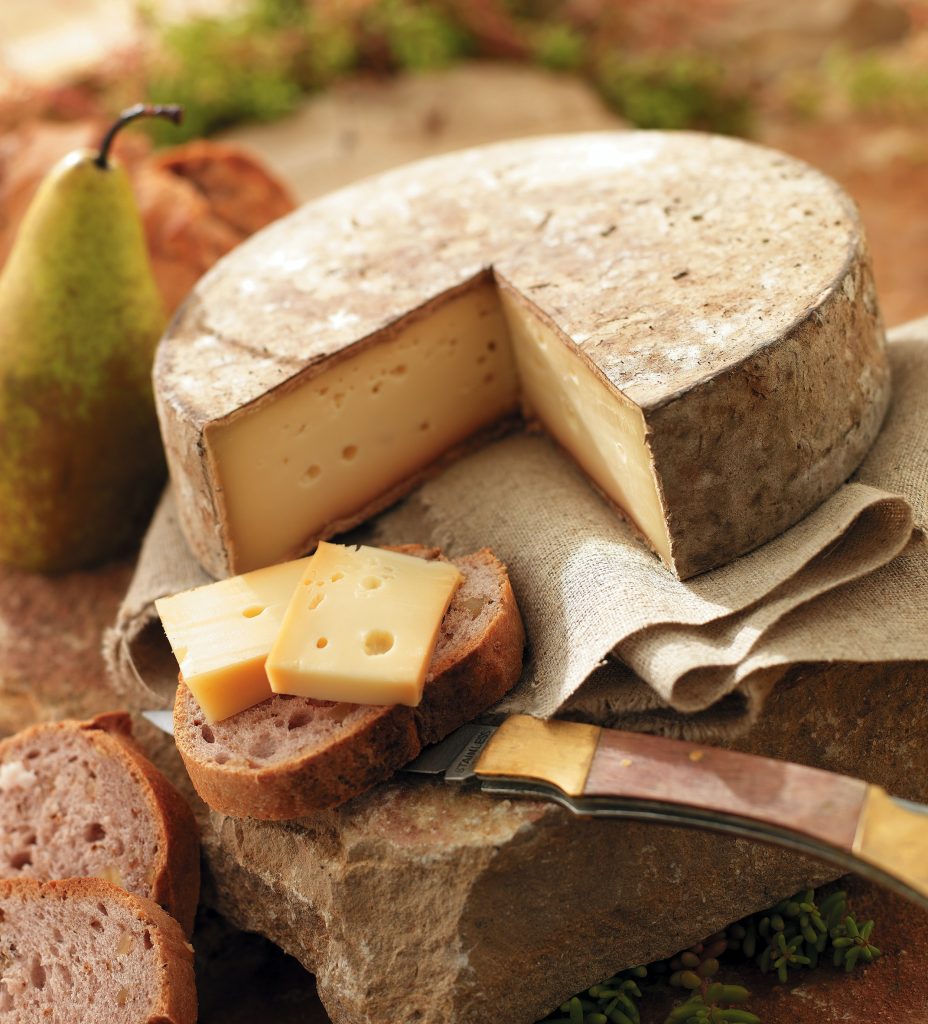Everything you need to know about 10 types of Sheep Cheese
From briny to intensely gamey and tangy to butterscotch, sheep milk cheese has a wide range of flavours that make it ideal for snacking. Sheep cheese has higher butterfat content that makes it sweat, but aged varieties have more savoury notes than younger varieties.
The cheese made from sheep milk has a varying appearance, but almost all sheep cheeses share a unifying flavour profile. The aroma and taste of sheep’s cheese are often desired as ‘sheepy’. Due to its sharply defined textures and flavours, not any cheese board is complete without sheep’s cheese.
However, there are many types of sheep cheese made all over the world, including Italy, France, England, Spain and Greece. Here are 10 must-try sheep cheeses that make every dish a heavenly treat.
What is sheep’s cheese?
Unlike goat’s milk cheese, cheese made from sheep milk is higher in protein and fat, which makes it ideal for cheese making. The higher fat and protein content means less milk is required to make sheep’s milk cheese. It also gives it a nutty, buttery and sweet flavour.
There are main three varieties of ewes’ milk cheese including fresh sheep cheese, blue sheep cheese and hard sheep cheese. This lactic delight contains more minerals and lactose. The higher amount of butterfat gives sheep cheese a creamy sweet mouthfeel.
It has a wide range of variants including classics and lesser-known variations. Feta, Manchego, Pecorino Tuscano, Spenwood and Roquefort are at the top of iconic ewes’ milk cheese.
10 Must-try Types Of Sheep Cheese
Below we’ve listed the 10 best types of sheep cheeses according to, well, us really,
1. Pecorino Tuscano
– Where it’s from: Italy
– Flavour: Briny tang
– Texture: Firm yet creamy
– Pairs well with: white or red wines, fresh fruits and honey

Pecorino Toscano is a soft or semi-hard Italian cheese that is made from the whole milk of sheep. It comes with two different typologies, i.e. fresh and aged Pecorino Toscano. This iconic cheese was granted DOP (Protected Designation of Origin) label designation in 1986.
It can be made from either raw or pasteurized sheep milk, but it is always made with the milk of sheep that are fed dried grass or graze. The sheep milk is curdled at a temperature between 91°C and 100°F with the addition of animal rennet to coagulate the milk. Curd is then re-heated to purge the whey and then put into forms.
Salting takes place in brine for about 8 hours for making soft cheese and about 12 hours for making semi-hard cheese. It is the best-grated cheese that can be eaten alone or pair well with wine, honey and fruits.
2. Manchego
– Where it’s from: Spain
– Flavour: sweet, rich and grassy
– Texture: Chunky; oily yet dry
– Pairs well with: honey, almonds or marmalade.

This sheep’s cheese is made from the milk of the Machenga sheep breed native to central Spain. It can be identified by its sweet flavour and distinctive herringbone rind. This semi-hard cheese is a staple in Spanish cuisine. Its flavours vary with age.
For instance, fresh versions have a hint of butterscotch while the aged versions are tangy. Most of its variants are unpasteurized, using only raw ewes’ milk in the production of Manchego. It is aged for a minimum of two months but can be aged for up to 24 months, making the flavours more complex.
In aged variants, the granularity and piquancy are increased, which make it snackable. This is the most famous Spanish cheese that is eaten with quince paste.
3. Feta
– Where it’s from: Greece
– Flavour: Salty and tangy
– Texture: crumbly
– Pairs Well with: crusty baguette slices, olives, and sliced meats

Greek Feta is called ‘the princess of cheeses’ that has the protected status within the EU (European Union). It is a PDO (Protected Designation of Origin) product that means only cheese made in the mainland of Greece can be called ‘Feta’ cheese.
This brined curd white cheese is made with ewes’ milk or from the mixture of goats and sheep milk. The sheep are raised on local grass that gives this cheese unique characteristic.
The maturation of this dry salty cheese takes place in wooden barrels, which give it a firm texture and complex flavour. This Greek cheese is perfect for salads and works well with olives and sliced meats.
4. Roquefort
– Where it’s from: France
– Flavour: creamy, tangy, intense, complex, sharp, and salty
– Texture: moist rind on the exterior; on the inside, it is crumbly
– Pairs well with: Dubbel, American Barley Wine, Leatherwood Honey, pears, and dry red wine

Roquefort is classic blue cheese hailing from South France. It is also referred to as the king of cheeses in France, which is made from unpasteurized and full-fat sheep’s milk. The unpasteurized sheep milk is the defining characteristic of this blue cheese that increases its natural fattiness. Naturally-occurring bacteria thrive in the caves of Roquefort-sur-Soulzon, where this cheese is aged.
The green-blue stippling, smooth and creamy taste, sharp tang and crumbly texture make it one of the greatest French cheeses. It pairs well with pears and is often used in salads, sauces and quiche.
5. Spenwood
– Where it’s from: England
– Flavour: caramel, sweet, rich, nutty and deep
– Texture: granular and dry, smooth and dense, with an ivory-coloured paste
– Pairs well with: deep red wine.

Spenwood is English hard, pressed cheese hailing from Berkshire. It is inspired by the Italian Pecorinos. This pale yellow cheese is made from raw milk of sheep that comes with a thin rind and smooth texture. It has a well-developed nutty flavour that gets sharper as it ages.
Its taste is a little like Spanish Manchego cheese and Italian Pecorino. With savoury undertones and slight zestiness, this nutty cheese partners well with red wine when eating alone. Spenwood can be kept longer for up to 12 months. Its flavour will become more concentrated when it dries.
Spenwood is an ideal sheep cheese for cooking. It is recommended to use grated Spenwood cheese over pasta.
6. Ossau-Iraty
– Where it’s from: France
– Flavour: fruity, slightly floral
– Texture: Creamy and buttery
– Pairs Well with: Bordeaux wine, olives and ripe pears

A cherished French cheese made from Pyrenees sheep’s milk, Ossau-Iraty comes with a dry thick rind and ivory in colour. Its rind can range from dark brownish grey to orange-yellow. Due to its creamy and buttery texture and fruity floral flavour, it is called the ‘farmer’s dessert’.
This mouthwatering cheese is creamy, nutty and smooth when young and more complex and crunchy as it ages. The fresh version of this semi-hard cheese comes with a floral hint, while aged Ossau-Iraty has natural salt crystals.
It was granted PDO status in Europe and obtained AOC (Controlled Designation of Origin) status in France. Ossau-Iraty is not a cheese for cooking; however, it is good for eating and pair well with ripe grapes and red wine.
7. Idiazábal
– Where it’s from: Spain
– Flavour: Nutty, smokey and buttery
– Texture: Oily and compact
– Pairs well with: Tempranillo, hard cider

Idiazabal cheese is semi-soft smoked cheese that is made from milk of Carranzana and Latxa sheep. This Basque classic has a nutty and buttery flavour that makes it perfect for snacking and tapas. It is one of the most favourite Spanish cheeses that have the D.O. status (Denominacion de Origen).
Similar to Manchego, it is gently smoked and pressed and leaves in the rafters to mature for at least 60 days. A variety of woods is used for the smoking process, including beech or alder wood which gives it a dark, yellow-brown rind. The taste of Idiazabal is reminiscent of burnt caramel and notes of bacon.
However, it is also available in natural flavours. It is pleasantly toothsome and oily in the mouth and works best with dry cider and red wine.
8. Halloumi
– Where it’s from: Cyprus
– Flavour: slightly tangy and salty
– Texture: slight firm and creamy
– Pairs well with: cold beer, wine, or zivania

Similar to mozzarella, Halloumi is a whitish layered cheese that is prepared from sheep and/or goat milk. This Cyprus-born is semi-hard, salty and brined cheese. Halloumi has a higher melting point than other sheep’s milk cheese that means you can fry it or even grill or bake it without losing its original shape.
Sounds interesting, right?
Halloumi is usually served cooked, which boosts its salty taste. Its high heat tolerance prevents it from melting, makes its exterior slightly crispy and giving it a melting centre. The grilled or fried Halloumi can be served with roasted vegetables and salads.
9. Fiore Sardo
– Where it’s from: Italy
– Flavour: Piquant, gamey, and smoky
– Texture: Hard and chunky
– Pairs well with: Crisp white wines

Fiore Sardo is a firm raw cheese that is prepared with the whole milk of Sardinian sheep breeds and lamb rennet. This Mediterranean cheese was granted DOP status in 1996. After ageing for about 6 months, it develops a damp smell and rustic brown rind naturally.
The pate has straw yellow or white colour. It is lightly smoked to add another layer of complexity after brining and left to ripen. Its flavour is gamey and smoky with a granular texture.
10. Queso Roncal
– Where it’s from: Spain
– Flavour: nutty and slightly tart
– Texture: firm, meaty and granular
– Pairs well with: Tempranillo wine.

Queso Ranchal is Spanish sheep’s milk cheese that is prepared by hand. It was the first Spanish cheese that obtained protected designation, i.e. DOP (PDO). Its DOP status ensures that it can only be produced in the Roncal valley with the traditional cheese-making techniques.
The raw milk of the Lacha and Rasa sheep breed is used to make this creamy cheese. It is pressed and is aged for at least months. The rind ranges from reddish-brown to straw-colour with the smooth layer of grey-blue mould.
This wheel-shaped cheese is piquant and complex with butterscotch notes. From November to July, it reaches its peak, and it is the best time to consume it. Due to its nutty flavour, it partners well with red wine.

Andy
Ever since I started cooking I’ve been fascinated by how different people’s techniques are and how they best utilise the ingredients around them. Even the person living next door will have their own unique way of frying an egg or cooking a salmon fillet.
This fascination led me on a journey across the globe to discover the countless practices and traditions the world of cooking has to offer. I thought you’d enjoy and find value in sharing that journey with me so I created Cooked Best!